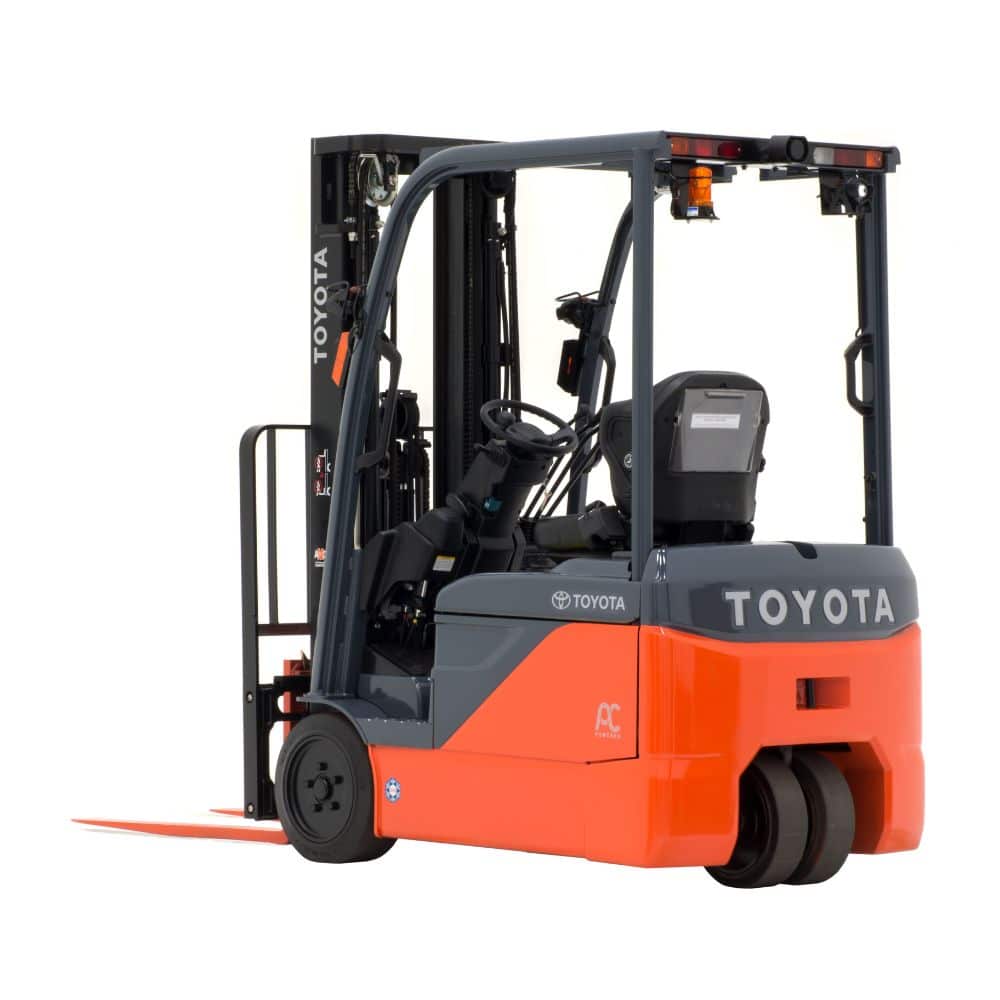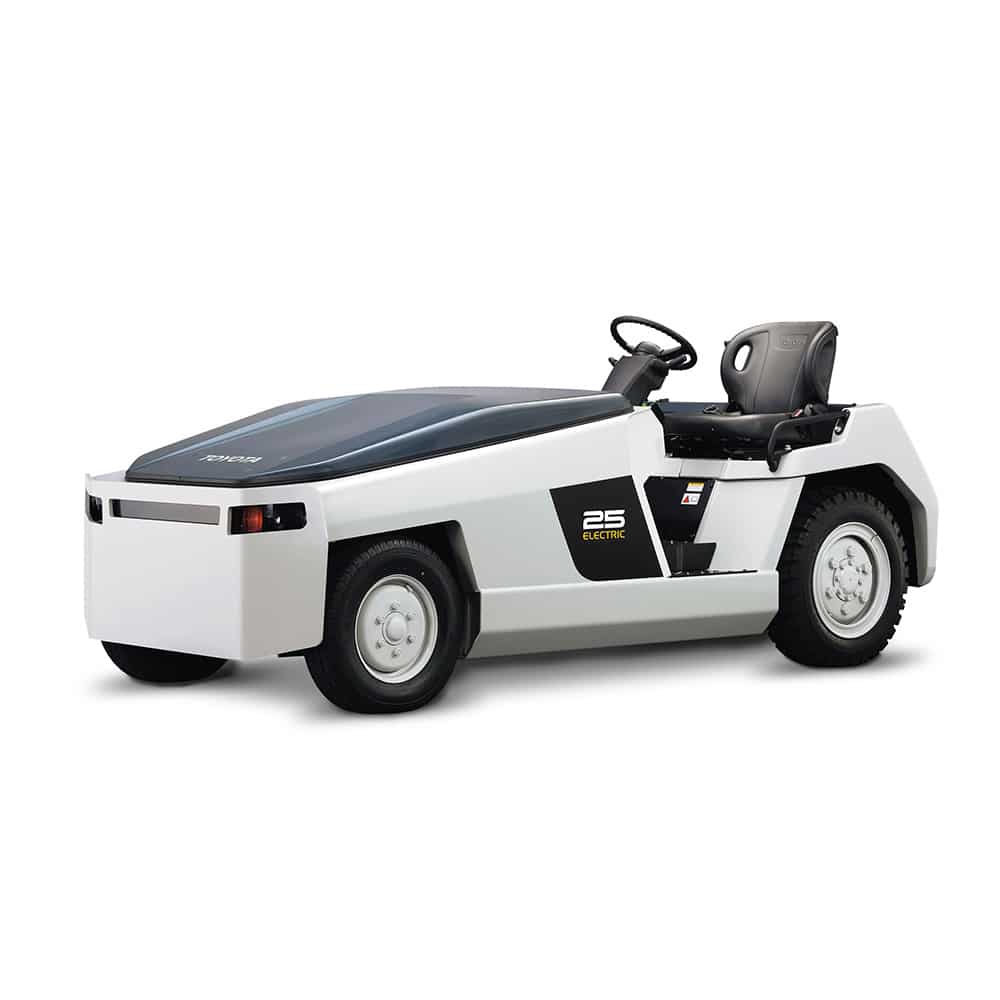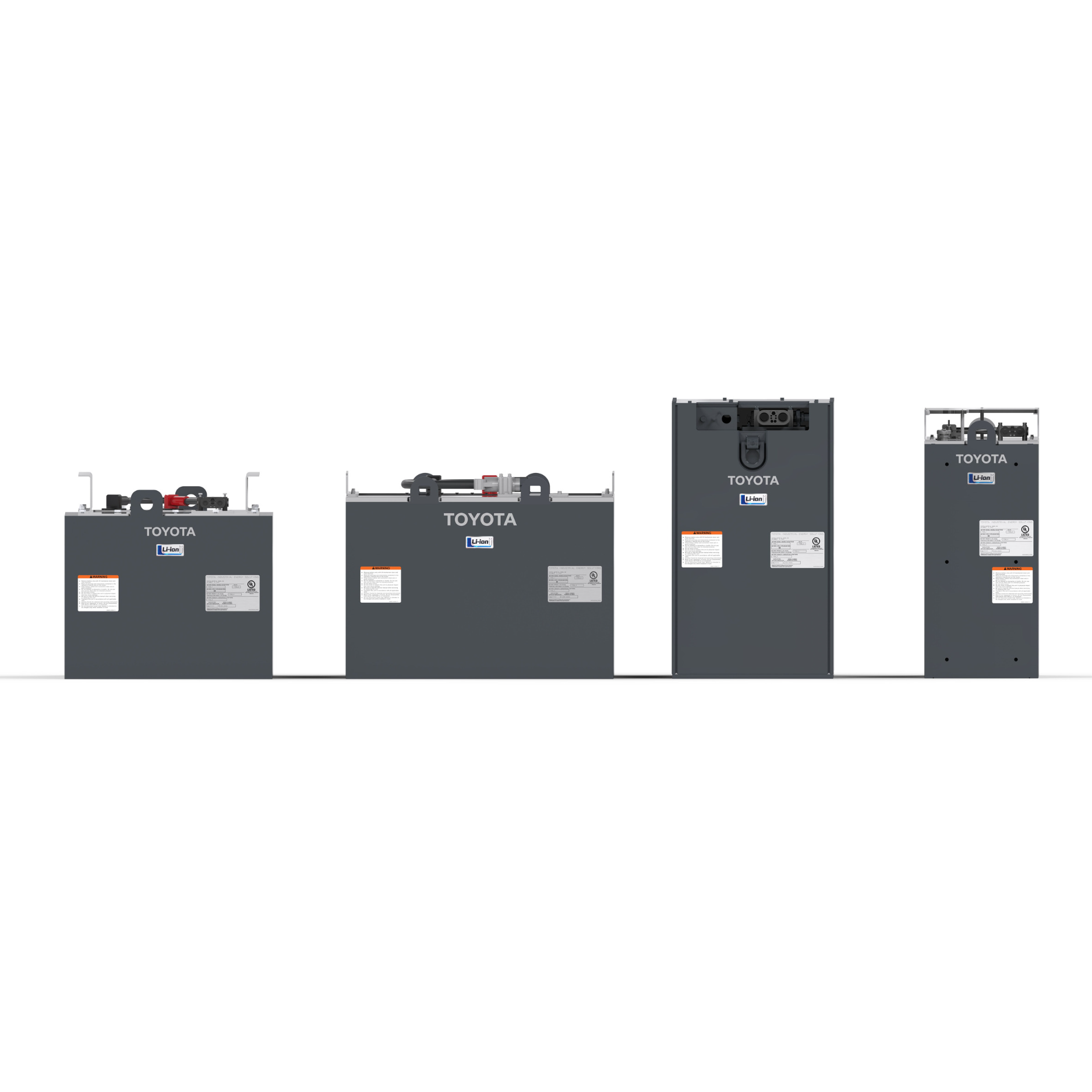
Lift Truck Operator Training and Doughnuts, the Perfect Blend
So it’s been a few years and you’re thinking it might be a good time to find that VHS lift truck operator training video that you purchased in ‘83, bring in a dozen doughnuts, catch the gang as they’re clocking in and have a safety meeting tomorrow morning? Recognizing that time is money, you can watch the 23 minute video, discourage questions, and limit your lost time to thirty minutes…..yep, that should work.
If checking a training box is the goal, you totally nailed it. If being OSHA compliant and providing a thorough training experience for your operators is the objective, you likely need to add a couple hours and another dozen doughnuts to your training budget.
So what could possibly take that long? We normally talk about forklifts being different from cars since they steer from the rear, and ya gotta watch out when you’re operating on an incline….right? Actually, there’s a little more to know:
- OSHA states that only trained, qualified operators are to operate lift trucks. Regardless of prior experience operating lift trucks, as their new employer, you are required to provide operator training every three years (or sooner if someone lands themselves on the naughty list). We recommend engaging your HR team in the process of saving training documents and tracking due dates. Were you aware that as the employer, you establish the passing grade that certifies your operators?
- Training needs to be lift truck (all types being used in your application) specific and include hands on instruction (more than just touching that VHS video tape) where operators demonstrate their competencies. If the use of specialized attachments (i.e. clamps, rotators, single doubles) are required, the training needs to include specialized handling techniques.
- Classroom or video instruction should include:
- Lift truck design principles i.e. the stability (not Bermuda) triangle, center of gravity, load center, the dreaded fulcrum point and understanding what effects lift capacities. That’s a little intimidating and sounds like geometry, and I ditched a lot of those classes during high school.
- Conducting pre-operational inspections before putting your lift truck in to action. Did you know that safety decals and the truck capacity plate need to be in place and legible (and part of the checklist)? Does the capacity plate reflect the use of the 8’ fork extensions that your fabrication department built? What? Even though they weigh 2,000 lbs. each…you can’t use those on your 3,000 lbs. rated forklift…they’re not OSHA approved! Plus, the length of the extensions exceed the maximum allowable 1.5 times the original 42” fork length that supports the extensions. “Holy Hydraulics Batman” (yep, it’s a real one…just Google Robin’s list of “Holy sayings”), and we haven’t even mentioned that the truck capacity plate is required to have a separate capacity rating when the fork extensions are used.
- Discussion about best operating practices like traveling in reverse when loads obstruct forward visibility, taking extra care and knowing which direction to travel when operating on ramps or inclines, effects of handling long, wide, unstable or unbalanced loads.
The above content snips are far from being 100% comprehensive, but hopefully reveals that there is a lot more to know than what can be effectively covered in 30 minutes. Studies have proven that proper operator training produces positive results by:
- Reducing accidents and injuries that result in lost time that negatively affect OSHA 300 and workers compensation insurance rates.
- Reducing costly product, facility and equipment damage and repairs.
- Improving operational productivity by reducing unscheduled equipment downtime.
- Increasing the likelihood that operators and pedestrians within your facility return home at the end of the day with the majority of their body parts intact.
Reach out to experienced industry professionals (lift truck dealerships, local safety councils) that utilize current training material, and take time to understand the background of the presenter, the content of what and how the information will be presented.
As an added bonus, these training events provide opportunities for your management team to invest in the development of their culture. Creating relationship and building trust throughout your organization at every level is not an easy endeavor. Take advantage of these windows to communicate that the company genuinely cares about the safety of their employees while enjoying a guilt free (take one for the team) apple fritter.




